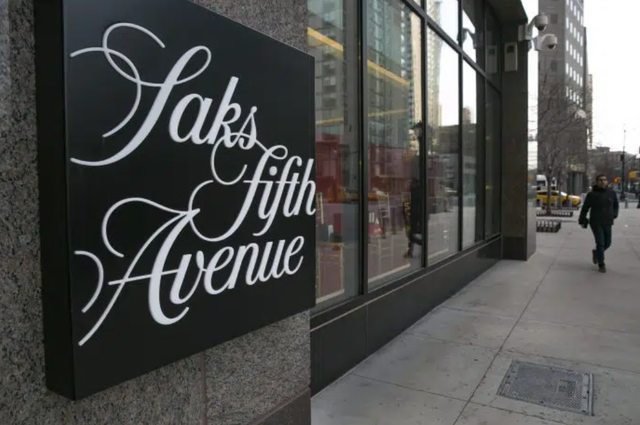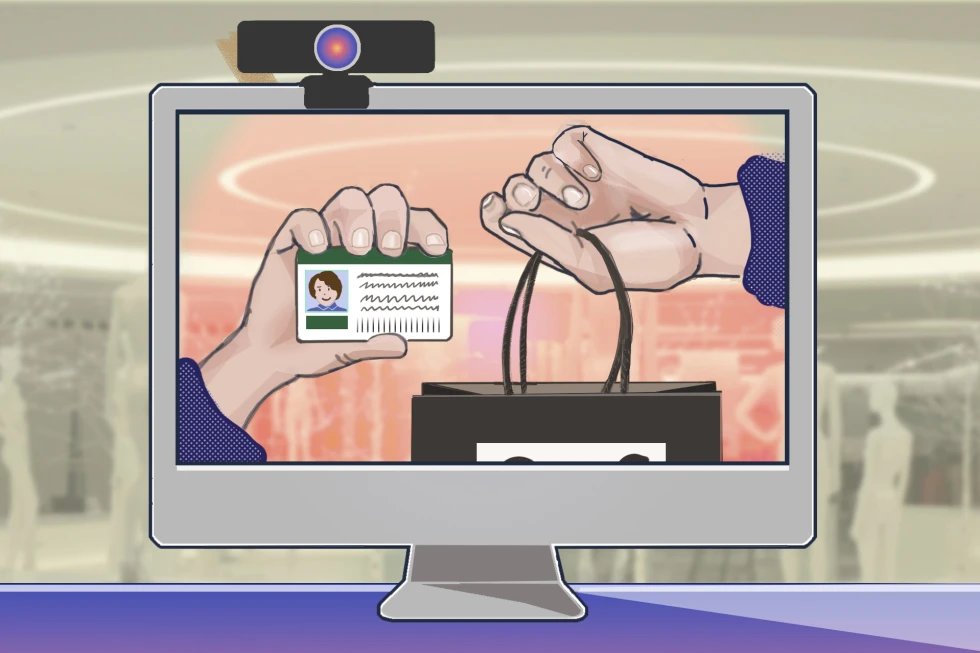In recent times, the retail landscape has been experiencing a significant shift in response to the escalating issue of return fraud, particularly in the realm of online shopping.
The measures being adopted by major retailers like Saks Fifth Avenue, as highlighted in a recent report by the Associated Press, shed light on the growing need for heightened security protocols and stringent policies to combat this pervasive problem.
The introduction of enhanced video surveillance and the requirement for customers to present a photo ID at the return area of Saks Fifth Avenue’s flagship store in Manhattan signify a proactive approach towards tackling return fraud.
These measures, along with the scrutiny of returned packages at the warehouse, are indicative of a broader trend within the retail industry aimed at curbing fraudulent activities that have been on the rise over the past couple of years.
Retail giants like Macy’s are also following suit, implementing similar strategies to address the issue of return fraud, which has been estimated to cost the industry a staggering $101 billion, affecting a significant portion of all returns, as reported by the National Retail Federation.
The allure of luxury items as targets for return fraud further underscores the gravity of the situation, given the high value associated with such products.
Online return fraud encompasses a range of deceptive practices, including the return of stolen or worn items, counterfeit merchandise, and the substitution of items with similar weight to deceive the inventory system.
Moreover, fraudulent claims of non-receipt of ordered items in a bid to obtain products for free add another layer of complexity to the challenge faced by retailers in safeguarding their operations against fraudulent activities.
The evolving nature of return fraud necessitates a multifaceted approach that combines technological solutions, stringent policies, and heightened vigilance to safeguard the interests of retailers and consumers alike.
By implementing measures such as enhanced surveillance, mandatory receipts, return fees, and thorough inspection of returned items, retailers are taking proactive steps to mitigate the impact of return fraud on their businesses.
As the retail landscape continues to evolve in response to the changing dynamics of consumer behavior and technological advancements, the need for robust security measures and proactive strategies to combat return fraud remains paramount.
By staying vigilant and adopting a proactive stance against fraudulent activities, retailers can uphold the integrity of their operations and enhance customer trust in an increasingly digital and interconnected marketplace.
The issue of online return fraud has garnered significant attention within the retail industry, prompting leaders like Marc Metrick, the CEO of Saks and a member of the executive committee of the National Retail Federation, to address the challenges and strategies in combating this growing problem.
In a recent interview with the Associated Press, Metrick shared insights on the emergence of online return fraud, its impact on retailers like Saks, and the measures being taken to mitigate its effects.
Metrick acknowledged that online return fraud has increasingly become a concern over the past few years as retailers, including Saks, have ramped up efforts to safeguard their products and customers.
With the shift towards online shopping and heightened security measures in physical stores, malicious actors have sought alternative avenues to exploit vulnerabilities, with online platforms becoming a prime target for fraudulent activities.
Despite the prevalence of online return fraud, Metrick emphasized that it currently represents a small percentage of Saks’ overall operations, considering the vast volume of packages—approximately 9 million—that the company handles annually.
However, he underscored the significance of even a single instance of fraudulent activity, emphasizing the importance of maintaining trust and integrity in every customer interaction.
The CEO highlighted the various factors fueling return fraud, pointing to the proliferation of online marketplaces where stolen goods can easily be sold.
The convenience and anonymity afforded by these platforms have facilitated the illicit trade of stolen merchandise, posing a significant challenge for retailers in safeguarding their inventory and reputation.
Metrick also addressed a specific incident involving a customer who received a can of tuna instead of a luxury item she had ordered.
In response to this mishap, Saks took swift action to rectify the situation and ensure customer satisfaction, recognizing the impact such incidents can have on consumer trust and loyalty.
Regarding the differentiation between genuine customers and fraudulent actors, Metrick emphasized the need for tailored approaches in handling returns and addressing potential abuses.
While accommodating legitimate returns is essential for fostering positive customer experiences, identifying and addressing fraudulent activities require a more nuanced and vigilant approach to protect the interests of both customers and the business.
As the industry grapples with the escalating challenge of return fraud, Metrick acknowledged that increased scrutiny and security measures may impact the speed and efficiency of refund processes.
While current procedures may not significantly delay refunds, the potential escalation of fraudulent activities could necessitate more stringent verification measures, potentially affecting the overall customer experience.

In conclusion, the issue of online return fraud poses a complex and evolving challenge for retailers, requiring proactive measures and collaborative efforts to safeguard against fraudulent activities and uphold consumer trust.
By staying vigilant, implementing robust security protocols, and prioritizing customer satisfaction, retailers can navigate the complexities of the digital marketplace and mitigate the risks associated with return fraud.
